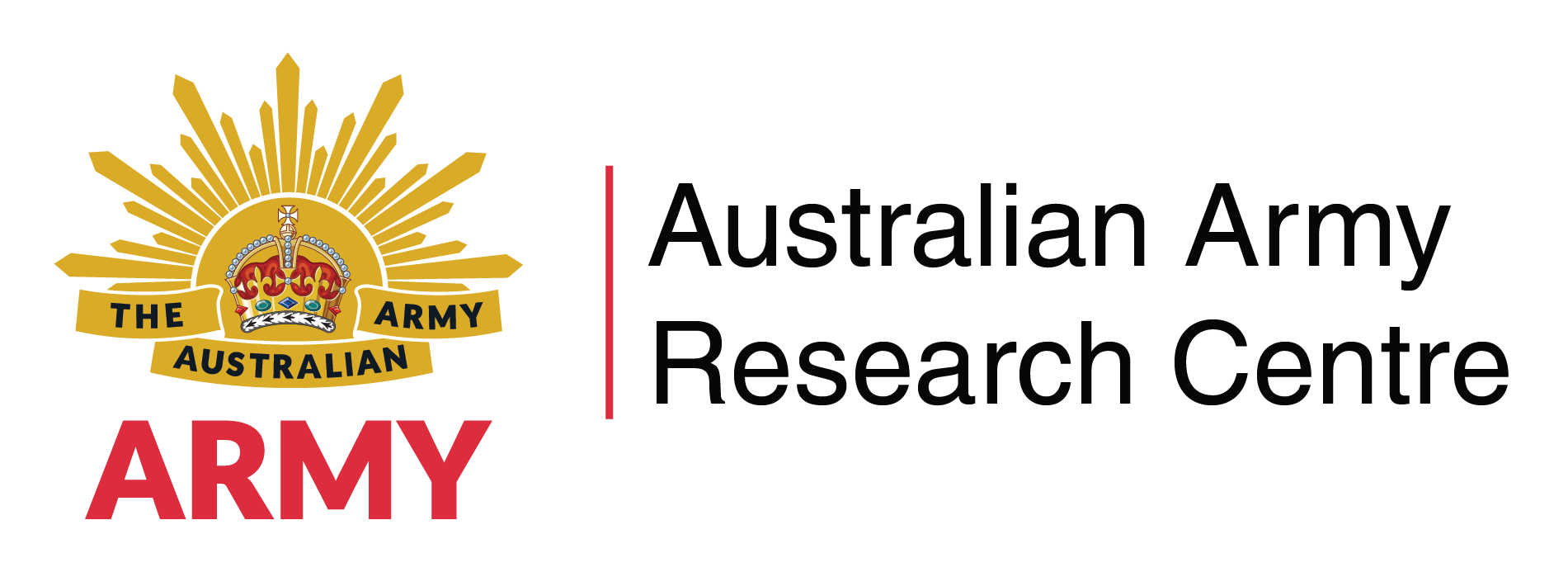Search
Using the filters to the left, click your selection, it will become bold and filter the results, click it again to remove that filter.
Blood and Concrete: 21st Century Conflict in Urban Centers and Megacities Edited by Dave Dilegge, Robert J Bunker, John P Sullivan and Alma Keshavarz Small Wars Foundation, 2019, ISBN 9781984573759, 705pp Reviewed by: Lieutenant Colonel Dayton McCarthy Positioning itself to capture the burgeoning interest in cities and how armies might interact with and within them, Blood and Concrete is a compendium of over 50 short articles on various aspects of urban warfare that have appeared on the Small Wars …

Researching the Military Edited by Helena Carreiras, Celso Castro and Sabina Frederic Routledge, 2016, ISBN 1138309249, 221pp Reviewed by: Major Cate Carter Conducting social research on the military is a complex endeavour. It involves theoretical traditions from a multitude of disciplines and a variety of methodological approaches. There are unique challenges to studying an organisation which has restricted access and often hazardous working conditions, and researchers need to approach their …

Myanmar’s ‘Rohingya’ Conflict Written by: Anthony Ware and Costas Laoutides Hurst & Company, 2018 ISBN 9781849049047, 276pp Reviewed by: Chaplain Darren Cronshaw Suggesting simple solutions is not helpful for a crisis as complex as that involving the Rohingya people in Myanmar, which is why Myanmar’s ‘Rohingya’ Conflict by Anthony Ware and Costas Laoutides is a welcome analysis pointing in constructive directions. The conflict and resulting refugee crisis of Myanmar’s Rohingya people has involved …

Abstract On the surface, the ‘zero tolerance’ policy of the Australian Defence Force (ADF) on substance abuse appears to be overbearing and paternalistic—out of step and out of touch in an age when individuals feel that they should be able to make informed decisions about what they do and what substances they put in their bodies. Examination of media releases, official statements, policies and freedom of information documents available through Defence or in open media in relation to drug use in the …
Abstract Terrorist threats are evolving globally, and nations are grappling with the traditional division between civil and military affairs in their responses to what have essentially become paramilitary actors. Although Australia has largely been spared the extremes of domestic terror, such as events in Mumbai (2008), Paris (2015) and Nairobi (2019), the 2014 Lindt Café siege in Sydney highlighted the challenges Australian forces face in dealing with this developing dichotomy. This article draws on the …
Abstract This piece investigates the relationship between coastal, littoral, estuarine and riverine (CLEAR) environments and the conduct of Australian Army operations. Exploring the operational importance of these environments within the Indo-Pacific, it demonstrates the need for Army to fight and sustain itself in these areas to achieve Australia’s strategic defence objectives. Using historical examples to demonstrate the integral role played by watercraft in facilitating the manoeuvre and resupply of …
To have another language is to possess a second soul. - Charlemagne 1 Abstract The Defence White Paper 2016 and Army’s Professional Military Education Strategy of 2017 make clear that the development of cross-cultural expertise needs to become a key component of how Army trains and educates its personnel. This article examines the use of language training in the Australian Army in light of the challenges identified and goals set in these documents. It argues that language training should be viewed as an …
Abstract The modern Australian Defence Force (ADF) is leaner and more lethal than ever, but it encounters more complexity per person and per item than ever before. From catering support to forces deployed to East Timor and Chinooks deployed to Afghanistan through to domestic transportation of ammunition, Defence has seen variability in the level of responsiveness available to government based on the effectiveness (or not) of contracting methods. The best examples show an integrated ADF/contracted workforce …
Abstract There are many advantages of increasing the commitment of Australia’s citizens to national institutions such as the ADF. Larger reserve organisations (for all services) provide a large base level of capability that serves as the nation’s ultimate insurance policy—to provide the basis for mobilisation in the event of major interstate conflict. This traditional view, while still important, neglects the many other advantages, such as the effect of having a larger proportion of society serve, thereby …
Abstract Accelerated Warfare 1 describes how Australia’s region is increasingly defined by a changing geopolitical order and operating spectrum of cooperation, competition and conflict. While Accelerated Warfare is the title of Army’s futures statement, that operating spectrum nonetheless reflects Army’s first 40 years. This paper examines how Army confronted those challenges as Australia’s relationship with Imperial Japan transitioned from one of security cooperation, through competition and confrontation …
